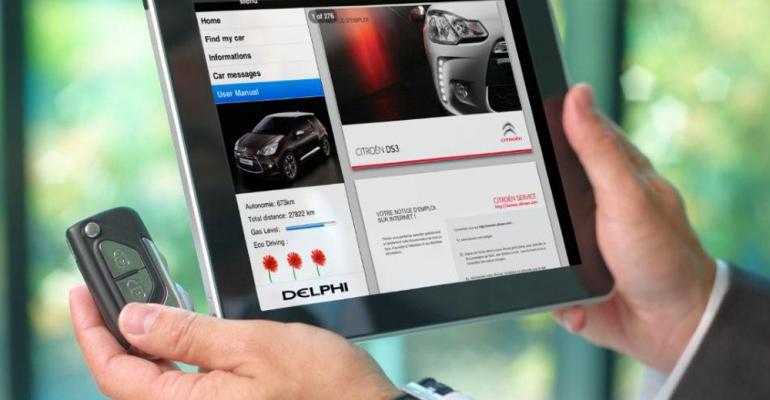LAS VEGAS – It’s not just that so many people these days hunch over and fixate on glowing rectangles in their hands.
There’s more to it than that, Luke Wroblewski says of the proliferation of mobile devices.
“What they are holding is a powerful personal computer. All this stuff done for laptops is on mobile,” he says of online content. “It amounts to big opportunities.” The likes of iPhones and Androids “are tearing into the market” once dominated by laptops.
Wroblewski is a Web designer who at the DrivingSales Executive Summit here describes “how the world is changing in the palm of your hand.”
He argues that in the process of reformatting content for smaller mobile screens, companies came up with something better: design and content that is simpler, less busy-looking and more relevant than that displayed on laptop screens.
Wroblewski cites as an example American Airlines’ website design for stationary computer screens that he says is distracting, with too much information and graphics, making it difficult for a traveler to find essentials such as flight departures.
But the airline’s mobile app only offers basics such as bookings, schedules and even reminders of how much time a traveler has left before his or her flight takes off.
Mobile apps tend to be better because they show what’s important,” Wroblewski says. “Flickr went from 66 options on its website to six on its mobile app. They boiled it down.”
In online retailing, an Internet user can become baffled by too much displayed content, he says. “Over and over, if you give people too much information, they tend to choose nothing.”
Not all mobile apps are perfect, Wroblewski says. Some designers make the mistake of “desk-top first” thinking, leading to a format ill-suited to the condensed display area of mobile devices. Small screens should force designers “to prioritize and focus.”
He challenges conventional belief that mobile people use mobile devices. “But 94% say they use their mobile devices at home. It debunks the myth that mobile is just used by people on the go.”
Some automotive digital consultants at the DrivingSales conference debate whether auto dealers should develop a mobile marketing strategy.
They should, Paul Potratz says. “Mobile is now. It will evolve, and we’ll have to learn how to use it effectively for marketing. There will be really cool things. We’re just a bit ahead of the curve.”
Larry Bruce argues that mobile has a place, but not as a channel for marketing and advertising to car shoppers.
“When someone is on a dealer lot using a mobile device, they are already buying,” he says. “They may search another dealer’s inventory, hold up the screen and ask the salesman, ‘Can you beat this price?’ That’s not mobile marketing. That’s buying.”





